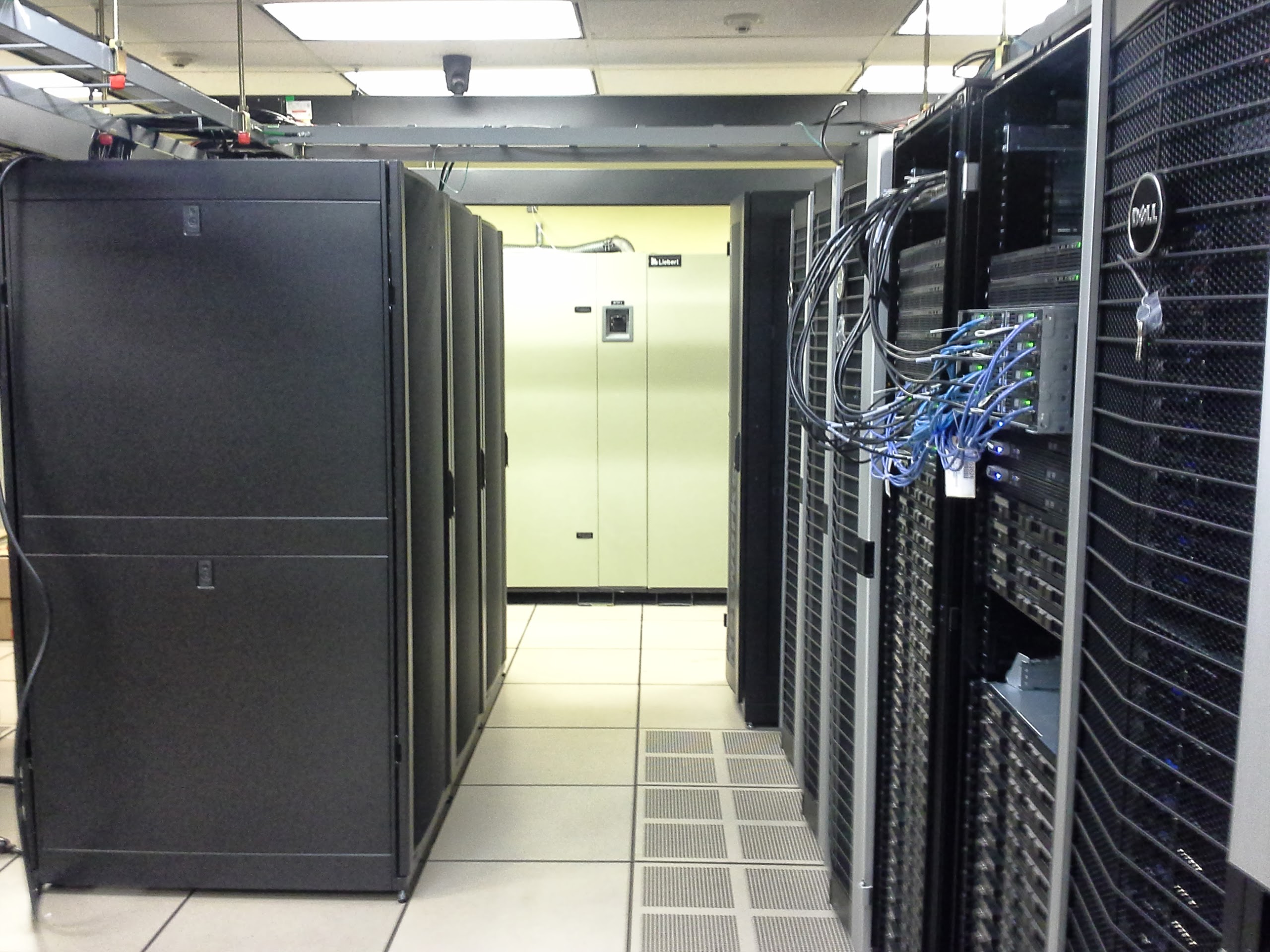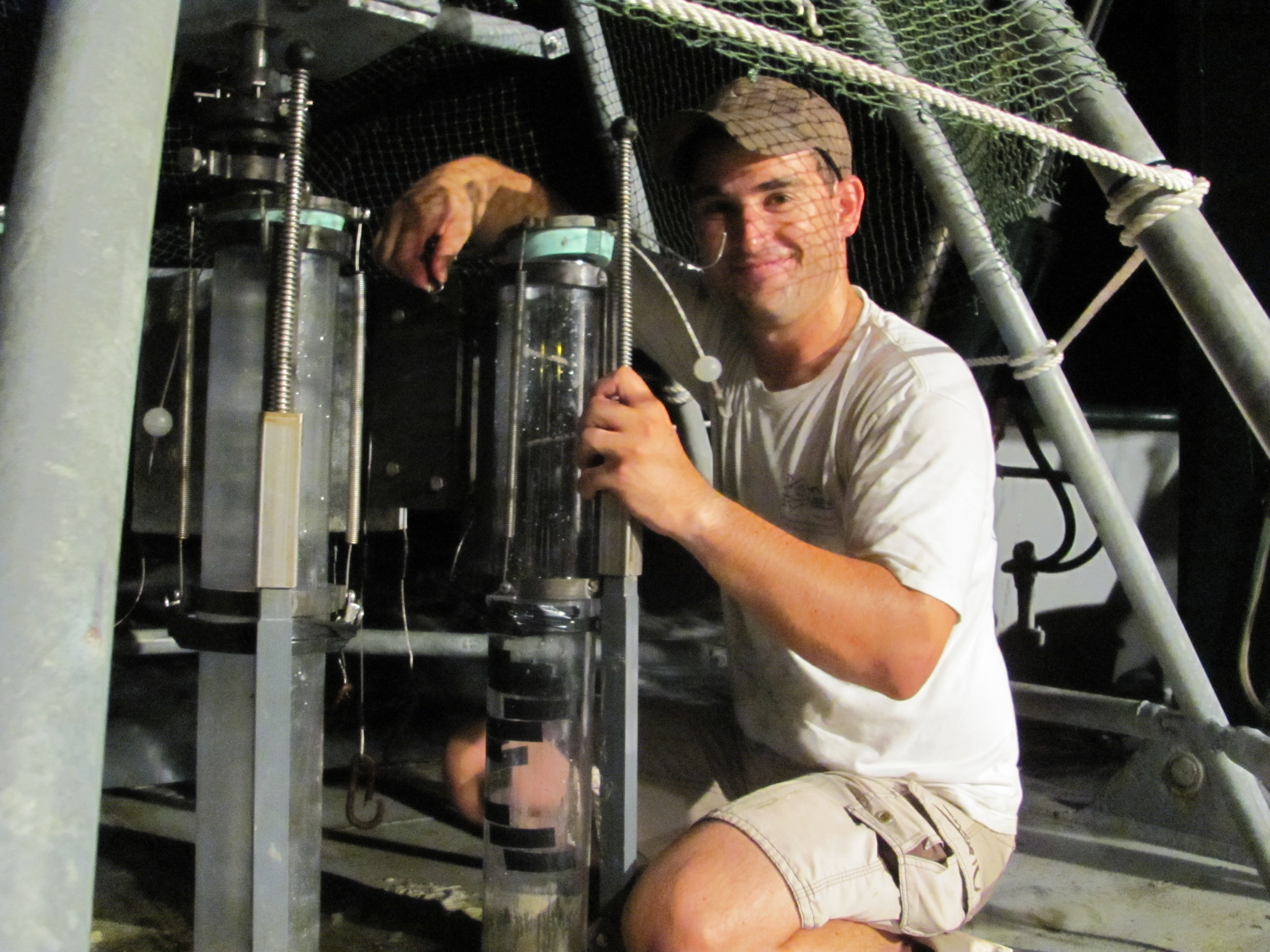All Pieces for David Levin
In this episode, go into the field with a team of scientists working to map the coastal seafloor in detail—and learn how their technologies could r...
- Added: Mar 06, 2023
- Length: 20:11
When it comes to mapping the seafloor, the hardest spots to see are the ones just off the coast. In this episode, find out why that's the case—and ...
- Added: Mar 06, 2023
- Length: 14:52
Scientists at the Mote Marine Laboratory in Sarasota, Florida, are leading a new experiment that will help uncover the effects of oil spills on fis...
- Added: Feb 15, 2017
- Length: 08:20
The 1979 Ixtoc-1 oil spill spewed millions of barrels of oil into the Gulf of Mexico, but has since been largely forgotten. More than 35 years late...
- Added: Feb 15, 2017
- Length: 09:50
For the first time in 35 years, Mexican and American scientists are working together to study the Ixtoc 1 spill, a massive oil blowout that happene...
Bought by WABE
- Added: Feb 01, 2016
- Length: 09:03
- Purchases: 1
The Deepwater Horizon oil spill happened just a few years ago. But it might be possible to predict its impact on the Gulf years into the future by ...
- Added: Feb 01, 2016
- Length: 08:08
Rudi Müller is a microbiologist in Hamburg, Germany. He says that after the Deepwater Horizon oil spill occurred in 2010, a large amount of oil may...
- Added: Aug 18, 2015
- Length: 06:48
For more than a thousand years, life in Hamburg, Germany has revolved around water. This riverside city is one of Europe’s biggest ports. But today...
- Added: Aug 18, 2015
- Length: 07:43
A team of researchers from the University of South Florida is building a virtual version of the entire Gulf ecosystem inside a computer. Why? Find ...
- Added: Nov 05, 2013
- Length: 06:45
In this episode, we’re taking a look at the little guys: the tiny plants and animals at the bottom of the Gulf’s food chain. Even though they’re mi...
- Added: Nov 05, 2013
- Length: 07:12
Biologist Steve Murawski is leading a new team of researchers trying to figure out the long-term impact of the Deepwater Horizon spill—not just on ...
Bought by WTJU
- Added: Nov 05, 2013
- Length: 08:03
- Purchases: 1
Years after the Deepwater Horizon oil spill, the fish in the Gulf of Mexico—in fact, the whole ecosystem out there—is still feeling its effects. Ho...
- Added: Nov 05, 2013
- Length: 09:15











